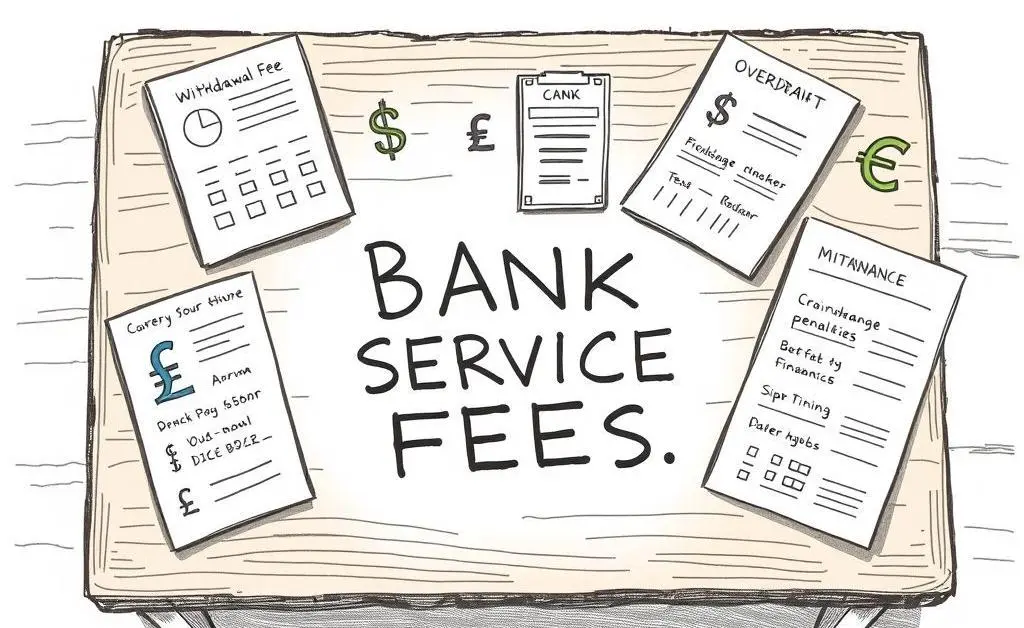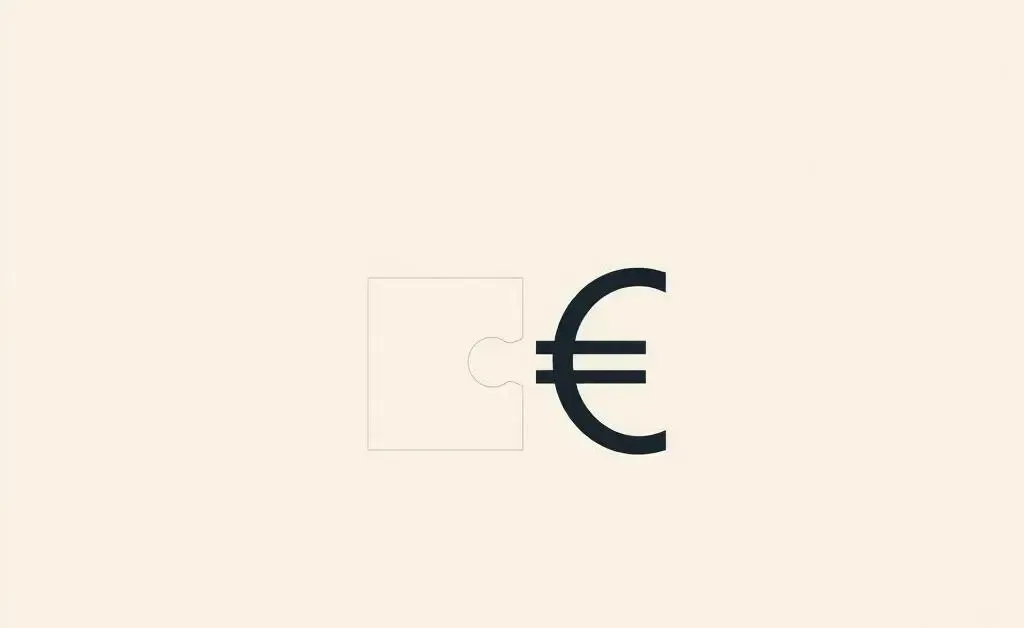Understanding International Bank Transfers: What You Need to Know
Navigate international bank transfer fees with ease and clarity. Learn how to make smart financial decisions.

Have you ever felt a wave of confusion wash over you when dealing with international bank transfers? You're certainly not alone. Many people, including myself, have faced this puzzling zone of banking that feels like navigating a foreign land. But fear not, we're going to unravel this together, one step at a time.
Deciphering International Bank Transfer Fees
One of the first things you'll notice when making an international transfer is the dreaded bank fee. Yes, they can be daunting, but understanding them is the first step towards calmly negotiating this financial maze. Banks typically charge fees for non-SEPA (Single Euro Payments Area) transfers, which depend on various factors such as the amount, destination, and speed.

Identifying Hidden Costs
Besides the transparent fees you see upfront, hidden charges can sneak in through what’s known as the 'exchange rate margin'. Banks might not offer the mid-market rate, and this difference can add up especially with large transfers. It pays to ask questions and compare rates.
Choosing the Best Transfer Method
After understanding the fees, the next logical step is picking the right method for your transfer. Should you use your bank, or is a money transfer service better? The decision often hinges on your priorities: do you value convenience or economy more?

Using Money Transfer Services Wisely
Services like TransferWise or Revolut offer competitive rates and lower fees, but is this the right choice for your circumstances? Exploring these options can save money, especially on regular transfers.
Reflecting on Your Banking Choices
Finally, it's essential to reflect and review how your bank handles international transfers. Is it aligning with your financial goals? Perhaps now is a good moment to research other banks or financial products. Being proactive can often lead to surprising improvements in how you manage your money.

In the end, making informed decisions about international bank transfers boils down to understanding the landscape, comparing your options, and sometimes, following your gut feeling. Like piecing together a complex puzzle, it demands some patience, but with each piece fitting into place, it becomes much more manageable. So, the next time you face the odds of international transfers, remember you've got the tools to handle it with grace.




